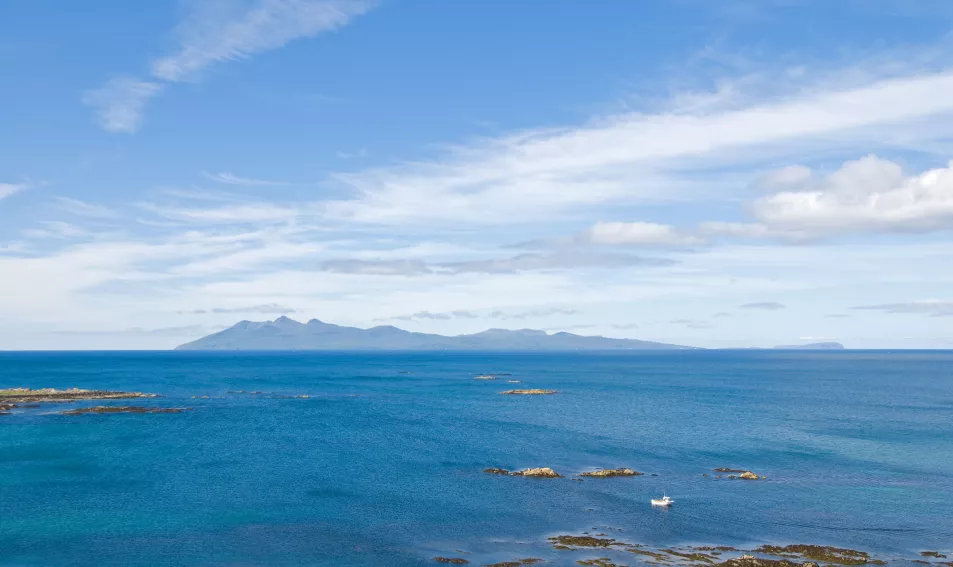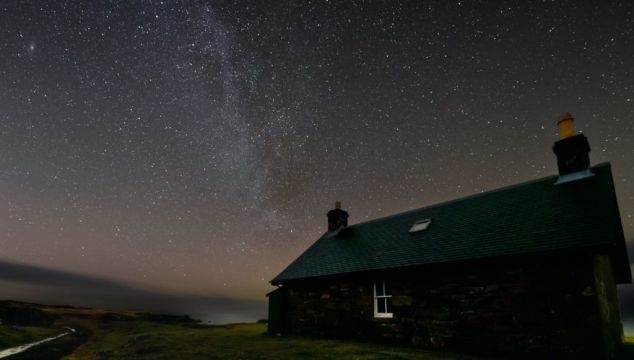The Isle of Rum in the Inner Hebrides has been designated as Scotland’s first International Dark Sky Sanctuary for the quality of its night skies.
The designation by Dark Sky International recognises the efforts of the Isle of Rum Community Trust and Scotland’s nature body NatureScot to protect and promote the island’s starry skies and night-time environment.
There are five designated International Dark Sky Places in Scotland but Rum is the first area to be designated a sanctuary because it follows stricter night sky quality criteria to reflect its remote location and naturally dark night skies.
There are 20 Dark Sky Sanctuaries worldwide, with the only other one in Europe being Ynys Enlli in Wales.
Future plans for Rum include the creation of a Dark Sky Tower in Kinloch with telescopes to view the night sky, as well as an all-sky camera and weather station to provide round-the-clock online viewing around the world.
It's been a 2.5 year process to attain our IDSS status. We have exciting plans afoot like a dark sky tower and all all sky camera for round the clock online viewing, but we'd rather you came in person so watch out for events planned with @cosmosplntarium pic.twitter.com/Xaaxo3zPM0
— Isle of Rùm (@isleofrum) August 23, 2024
The island’s mountains are home to one of the world’s largest breeding colonies of Manx shearwater during spring and summer, with more than 120,000 pairs of the birds descending on Rum each year.
Amber Harrison, Dark Sky Places programme manager, said: “This certification represents the hard work and dedication of advocates, residents and community officials who recognise the value of Rum’s natural and cultural resources and are dedicated to safeguarding them against human impacts into the future.
“Rum is home to a significant breeding population of Manx shearwaters and these efforts will ensure that their habitat is protected for years to come.”
Alex Mumford, who led the Dark Sky bid while visitor services manager on Rum, said: “We are thrilled to become Scotland’s first Dark Sky Sanctuary and relish the prospect of the impact we can have far and wide.
“It has been a long process and a lot of hard work has gone into this and we hope to provide inspiration around the world for other small communities to do the same.

“The work now begins to put our exciting plans into motion and we cannot wait.”
Fliss Fraser, a director of the Isle of Rum Community Trust, said: “As a small Scottish island with a resident population of 40, we are really proud to have achieved Dark Sky Sanctuary status.
“Along with all the benefits for our natural heritage, we hope to encourage visitors to enjoy our dark skies as part of our ongoing sustainable approach to tourism.”
Lesley Watt, NatureScot’s national nature reserve manager for Rum, said: “Dark skies are vital for many species to thrive, and this is especially so for Rum’s population of Manx shearwater.
“Along with many birds, light pollution can have a really negative impact on these amazing seabirds, particularly for fledglings who are active at night and are attracted to artificial light.
“When it is time for the Manx shearwater fledglings to leave Rum and make their first flight out to sea, light pollution can disorient them causing them to crash on land and never reach the sea or their destination.
“This designation is excellent news as by protecting our night skies we can ensure the island remains a safe haven for these birds and the many other species that make Rum so special.”







